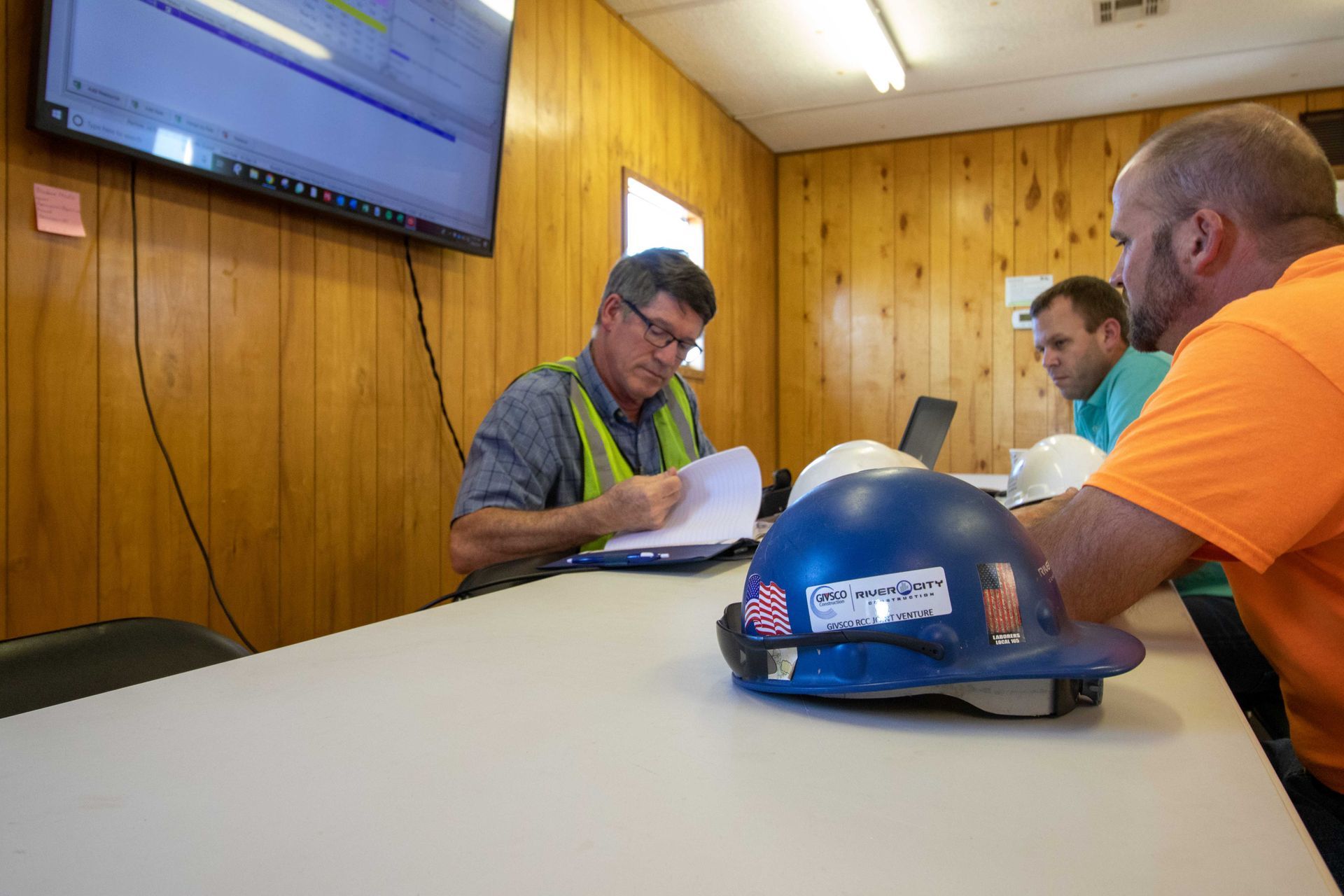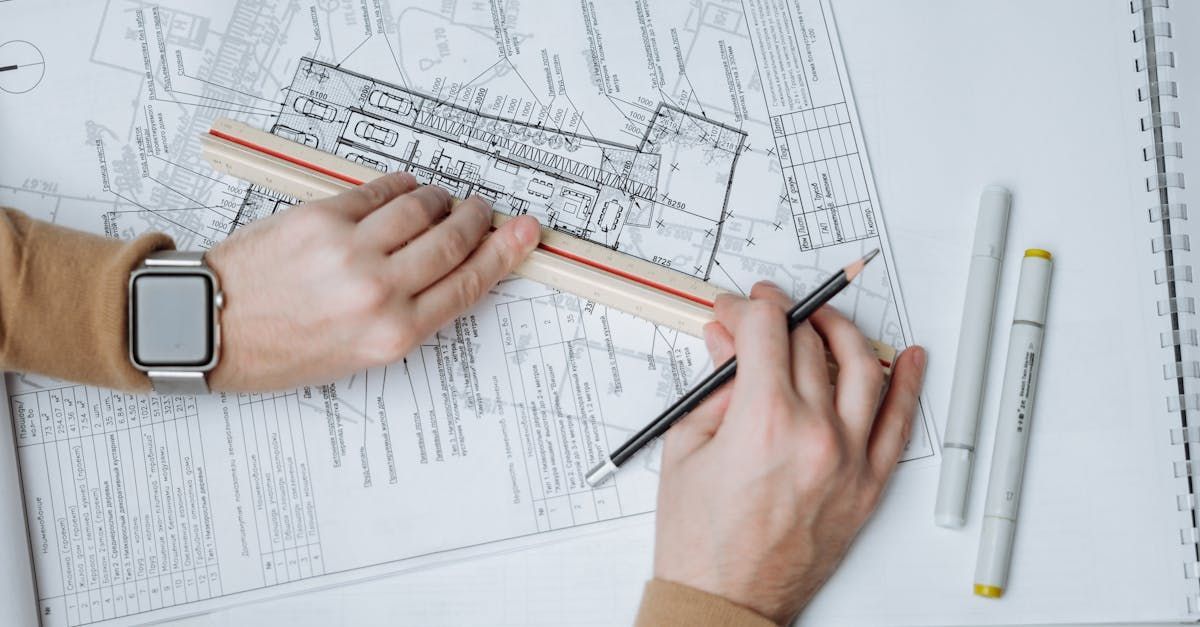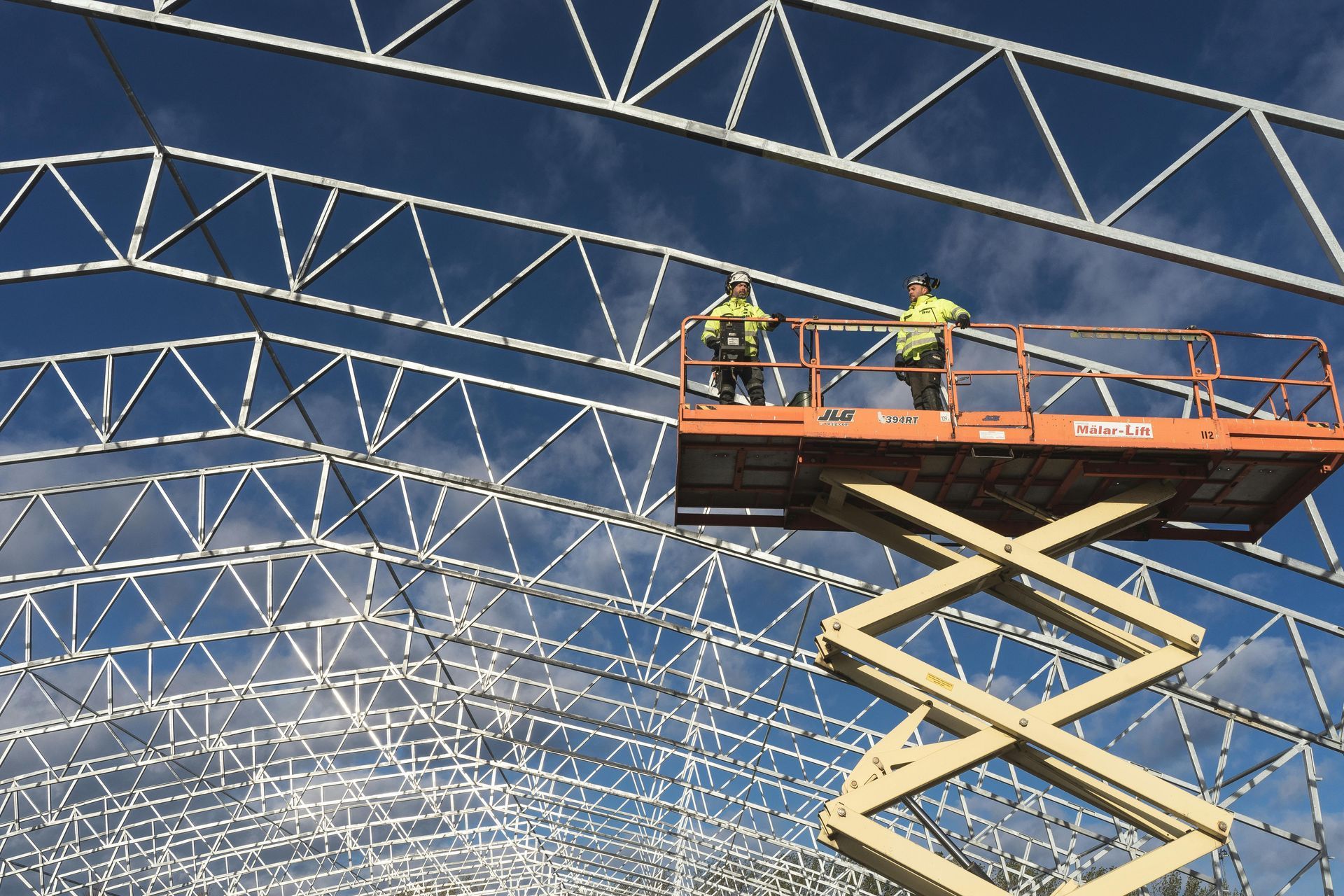Seawalls Around the World
In marine construction, few structures are as vital as seawalls. These formidable barriers guard our coastlines while protecting against erosion, storm surges, and the relentless forces of the sea. There are many facets to explore regarding the significance of seawalls, from their benefits, traditional construction techniques, evolving technology, and notable seawall projects around the globe.
Benefits of Seawalls
Seawalls play a multifaceted role in coastal defense, benefiting communities and ecosystems. Firstly, they serve as a bulwark against coastal erosion, preventing the gradual wearing away of land by the relentless action of waves and tides. Additionally, seawalls minimize the impact of storm damage, providing a vital line of defense during hurricanes, typhoons, and other severe weather events.
Beyond protection, these structures also contribute to preserving coastal ecosystems by maintaining the integrity of shoreline habitats and safeguarding vital nesting grounds for marine life. Moreover, a well-constructed seawall can significantly enhance property values and coastal aesthetics, making them indispensable assets for coastal communities.
Traditional Seawall Construction Techniques
The construction of seawalls is a feat of engineering prowess, with various materials and techniques employed to withstand the relentless forces of the ocean. Traditional seawall construction typically uses durable materials such as concrete, steel, or timber, each chosen for its strength, durability, and resistance to corrosion.
The construction process involves meticulous planning, from site preparation and foundation laying to erecting the wall. Engineering considerations such as wave force resistance and anchoring methods are paramount to ensure the structural integrity of the seawall over its lifespan. Regular maintenance is also essential to prolong the lifespan of these structures and ensure their continued effectiveness in coastal protection.
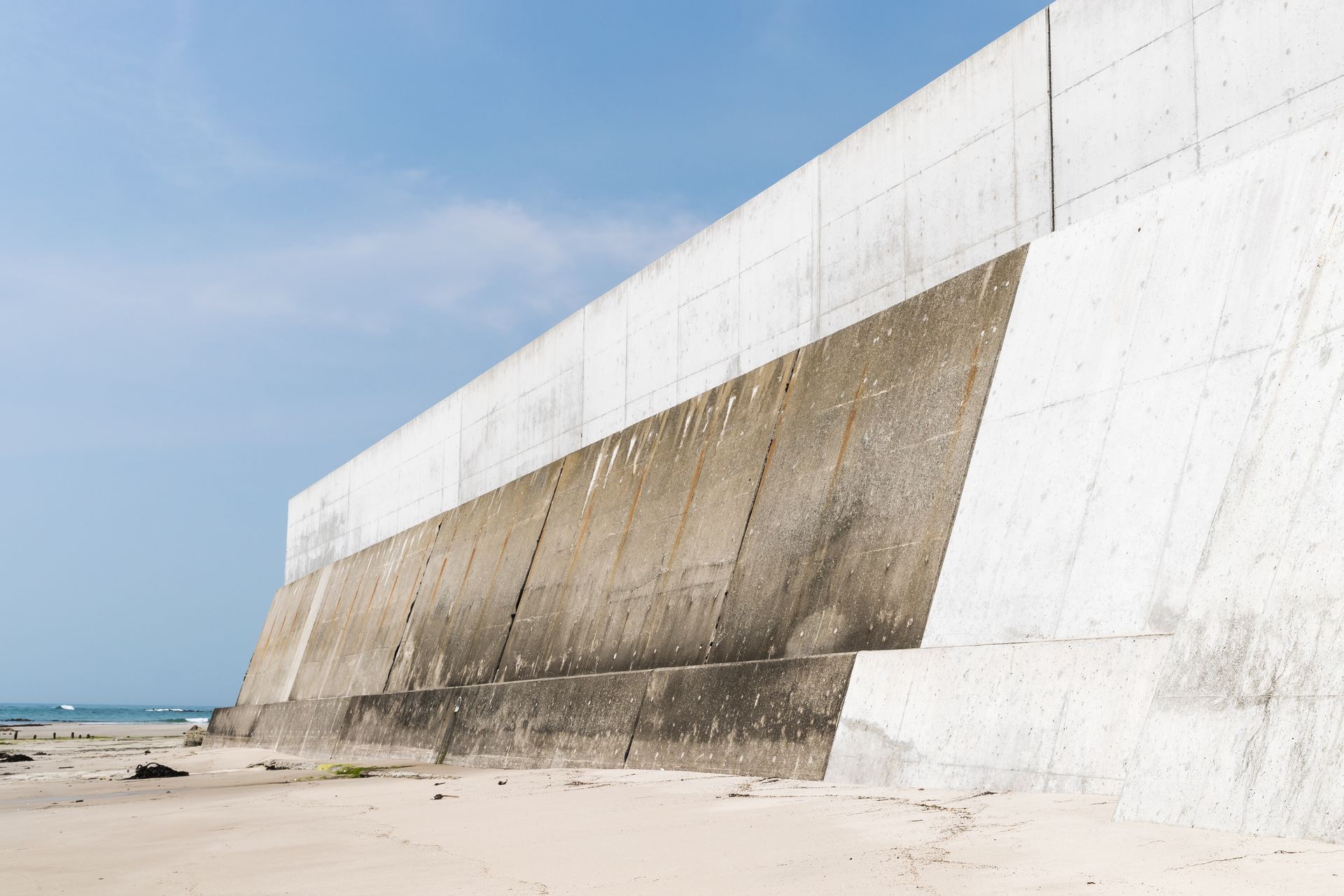
The Future of Seawalls
As we confront the challenges of a changing climate and rising sea levels, the future of seawalls is evolving rapidly. Innovations in materials and technologies are paving the way for more sustainable and resilient seawall designs. Eco-friendly materials and modular designs are gaining traction, offering solutions that minimize environmental impact while maximizing coastal protection.
Moreover, seawalls are increasingly becoming holistic coastal management strategies, incorporating nature-based solutions and green infrastructure to enhance resilience and promote biodiversity. In the face of climate challenges, digital tools and predictive modeling play an increasingly crucial role in the design and planning of seawalls, enabling us to anticipate future risks and adapt accordingly.
Seawall Case Studies
Thames Barrier, London, UK
The Thames Barrier is a testament to British engineering ingenuity, protecting London from the threat of tidal surges since its completion in 1982. This massive tidal barrier spans the River Thames and consists of ten steel gates that can rise to block incoming tides during storm surges. The Thames Barrier has successfully protected London from numerous flood events, showcasing the effectiveness of seawall infrastructure in urban coastal settings.
Venice MOSE Project, Venice, Italy
The MOSE project in Venice represents one of the most ambitious seawall projects in recent history, aimed at protecting the iconic city from the threat of flooding. The MOSE system consists of mobile barriers that can rise during high tides to prevent water from entering the Venetian Lagoon. Despite engineering complexities and controversy, the MOSE project underscores the importance of innovative solutions in safeguarding vulnerable coastal communities.
Seawall Reconstruction, Miyagi Prefecture, Miyagi, Japan
In the wake of the devastating 2011 tsunami, Miyagi Prefecture in Japan embarked on a massive reconstruction effort, including the construction of seawalls to protect against future tsunamis. These seawalls incorporate innovative design features such as wave-dissipating structures and elevated heights to withstand the force of incoming tsunamis. The reconstruction efforts in Miyagi Prefecture serve as a poignant reminder of the resilience of communities in the face of natural disasters, highlighting the crucial role of seawalls in disaster mitigation.
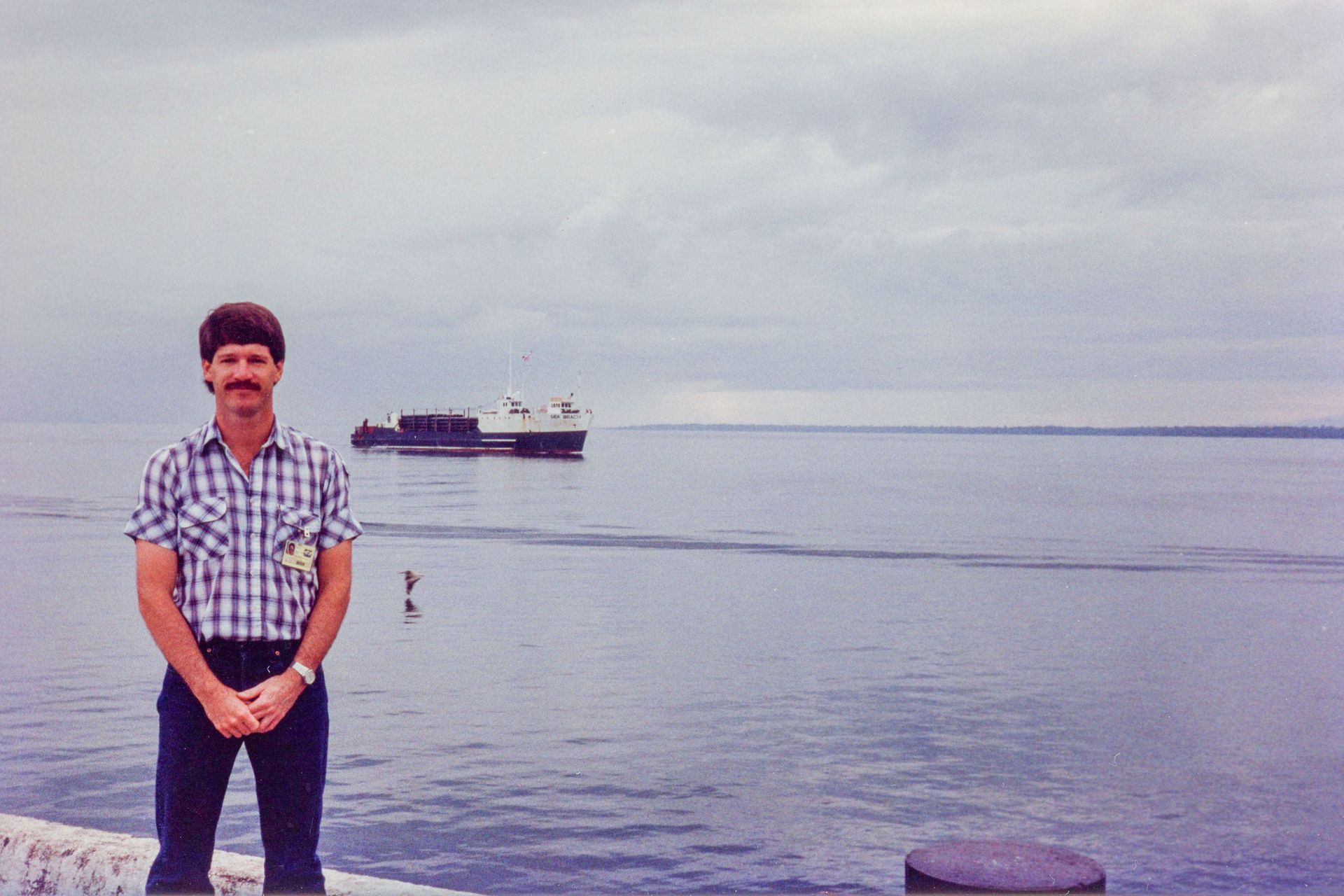
Work With Thomas D. Wilson Consulting, Inc.
Seawalls stand as stalwart guardians of our coastlines, offering protection, resilience, and peace of mind to coastal communities worldwide. By embracing innovation, integrating nature-based solutions, and learning from past experiences, we can continue to safeguard our shores for generations to come.
If you're embarking on a construction project or seeking professional guidance, we encourage you to consult with Thomas D. Wilson Consulting. Let us be your trusted partner in navigating the intricacies of marine construction and maximizing the success of your commercial projects. Let's chat today!

